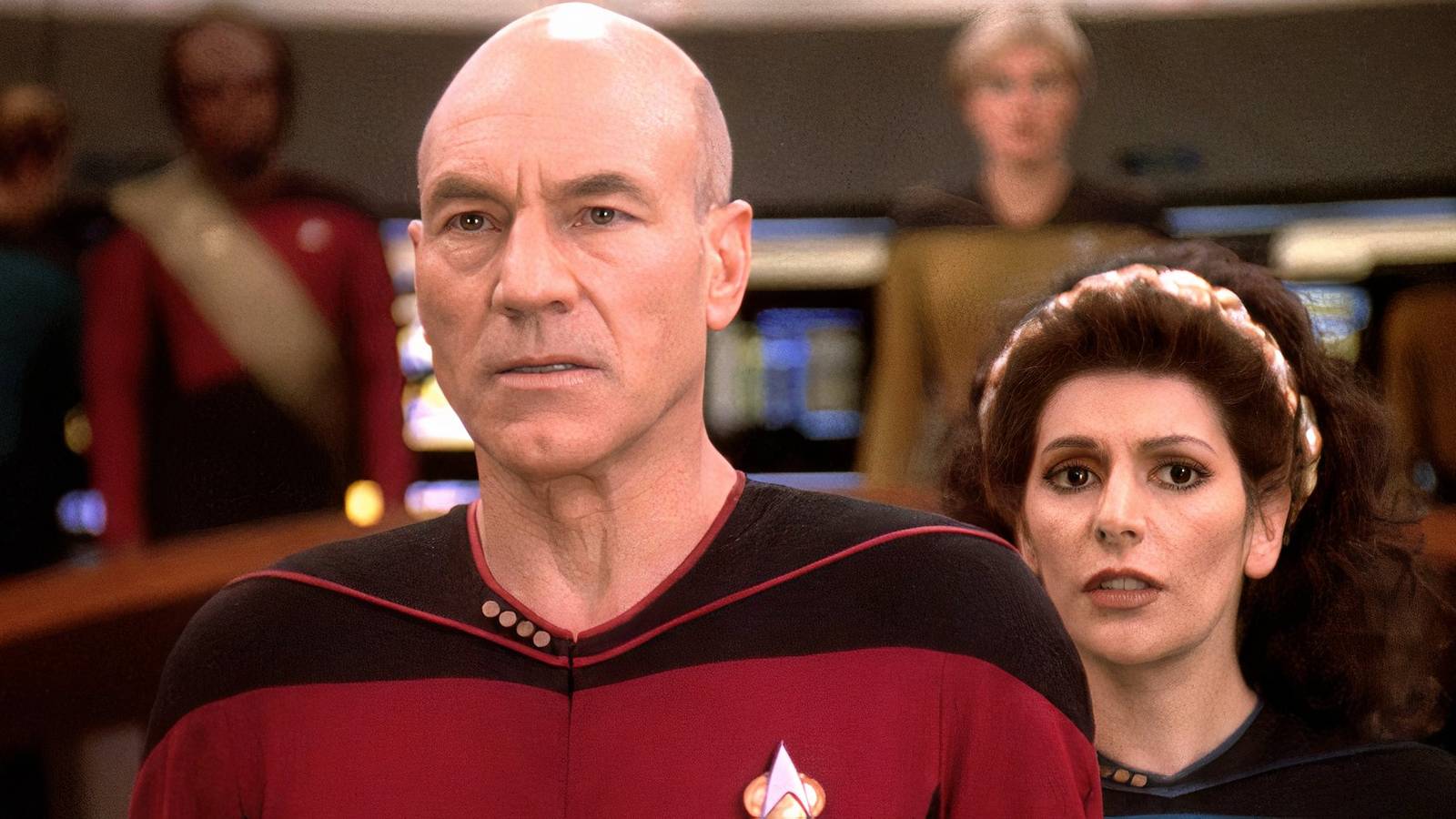Star Trek: The Next Generation was the first Star Trek show that ran for seven seasons, opening the door for more Star Trek series to have long runs of 5 seasons or more for fans to enjoy, and now binge-watch thanks to streaming and physical media.
Some Star Trek shows end much too soon, including Star Trek: The Original Series, the one that started it all. Star Trek was far from a monster hit on NBC. Star Trek was saved by a fan letter-writing campaign and eked out a third season before becoming a bigger hit in syndication.
Star Trek: Enterprise was also felled by low ratings and franchise fatigue during its network TV run on UPN from 2001 to 2005, becoming the only Star Trek series overseen by executive producer Rick Berman to only last 4 seasons instead of 7.
Today’s streaming era is defined by much shorter seasons and random cancellations, even of hit series. Star Trek on Paramount+ was subjected to the turbulent streaming business, with Star Trek: Prodigy being the most mistreated Star Trek series for its two seasons.
Star Trek: Picard only ran for 3 seasons on Paramount+ by design, but its hoped-for spinoff, Star Trek: Legacy, hasn’t materialized. Along with those shorter-run Star Trek series, there are a half-dozen shows that provide hundreds of hours of Star Trek goodness for five seasons or more.
Star Trek: The Next Generation
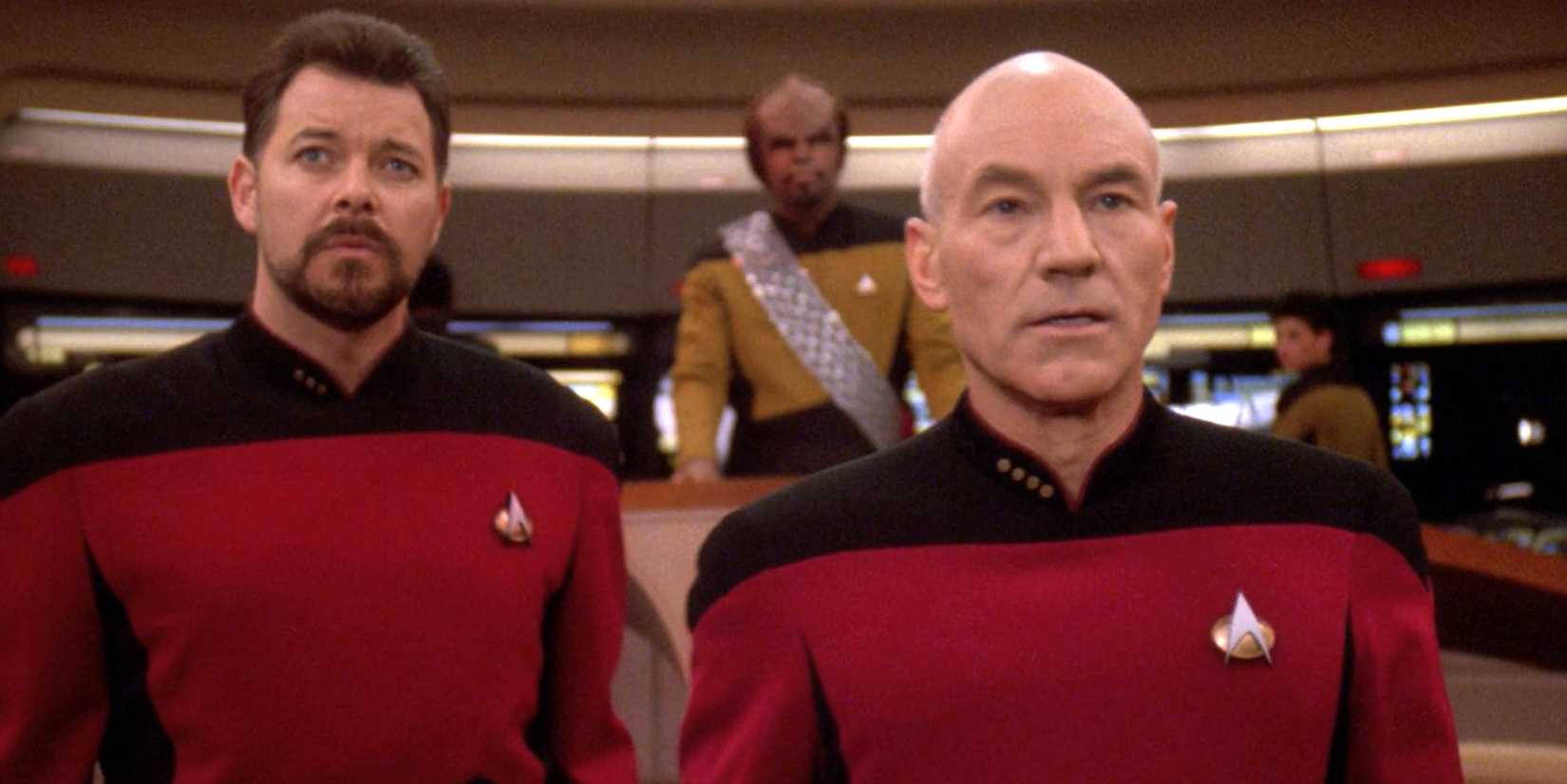
Star Trek: The Next Generation overcame a turbulent beginning to become one of the greatest Star Trek series (for many fans, the greatest) and an influential landmark of science fiction television.
Star Trek: The Next Generation aired for seven seasons in syndication, essentially creating the market for first-run syndicated television series, and becoming a pop culture and ratings juggernaut.
TNG was by no means assured seven seasons when it started, but the series’ writing rapidly improved, delivering classic episode after classic episode. Star Trek: The Next Generation‘s cast, led by Patrick Stewart as Captain Jean-Luc Picard, became icons.
Star Trek: The Next Generation’s seven seasons consist of 178 episodes, including all-time classics like “The Measure of a Man,” “The Best of Both Worlds,” “The Inner Light,” and one of the greatest TV series finales ever, “All Good Things…”
Star Trek: Deep Space Nine
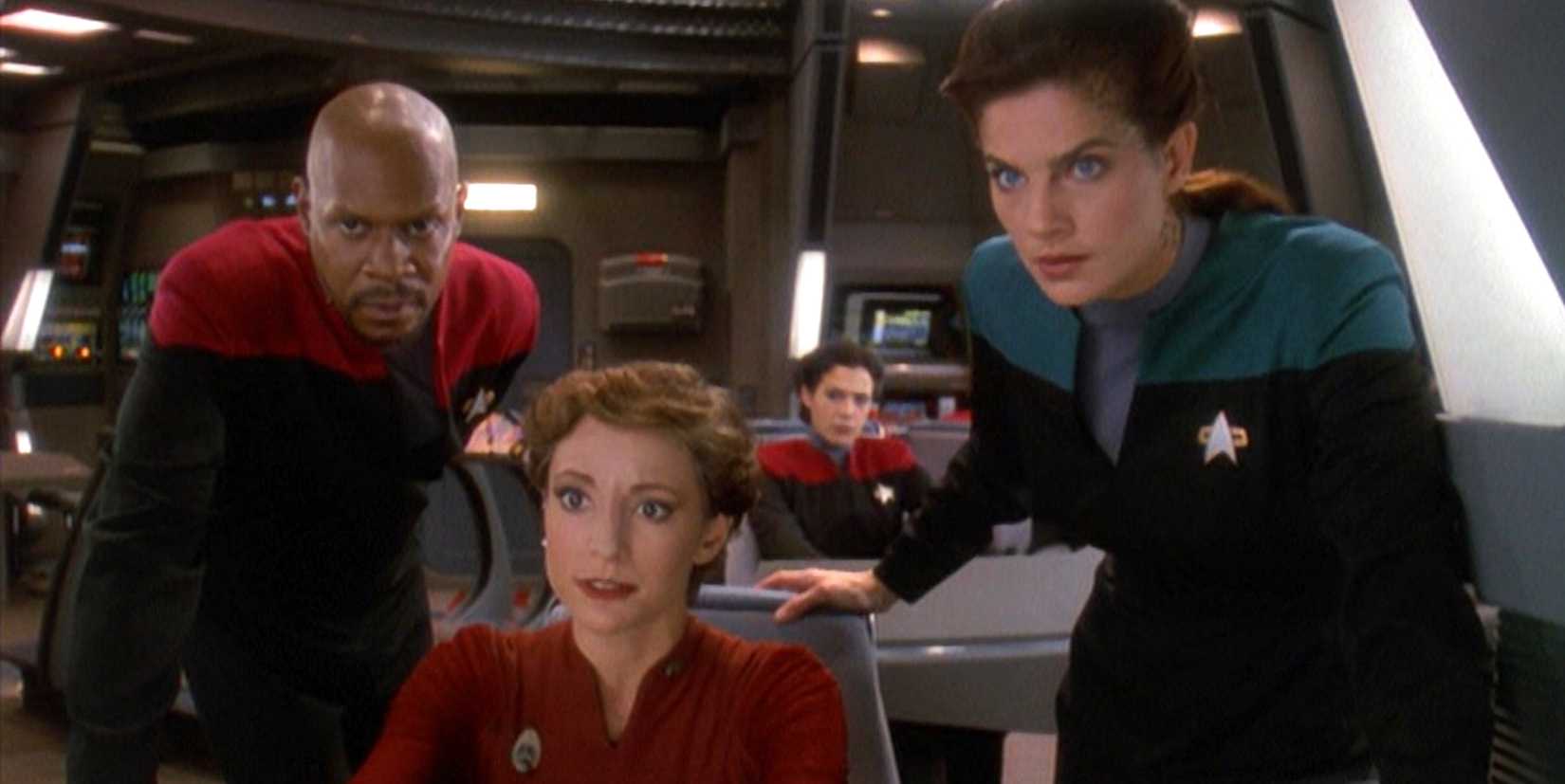
Star Trek: Deep Space Nine was the first spinoff of Star Trek: The Next Generation that upended Star Trek’s core formula and pushed it forward, starting with Avery Brooks as Commander Benjamin Sisko, who would become the first Black Captain to lead a Star Trek series.
DS9 introduced more depth and complexity to Star Trek, as well as innovating serialization decades before that format became the norm in the streaming era. In later seasons, Deep Space Nine featured an expansive cast of ancillary characters who could carry their own episodes.
Stuck between the pop culture juggernaut of Star Trek: The Next Generation and Paramount’s focus on Star Trek: Voyager, red-headed stepchild DS9 chose to trailblaze, developing intricate plotlines and character depth greater than Star Trek had ever seen before.
Star Trek: Deep Space Nine’s seven seasons consist of 176 episodes, including the all-time classics, “The Visitor,” “Far Beyond the Stars,” and “In the Pale Moonlight.” In the streaming era, Star Trek: Deep Space Nine emerges as the most relevant of the 1990s Star Trek series.
Star Trek: Voyager
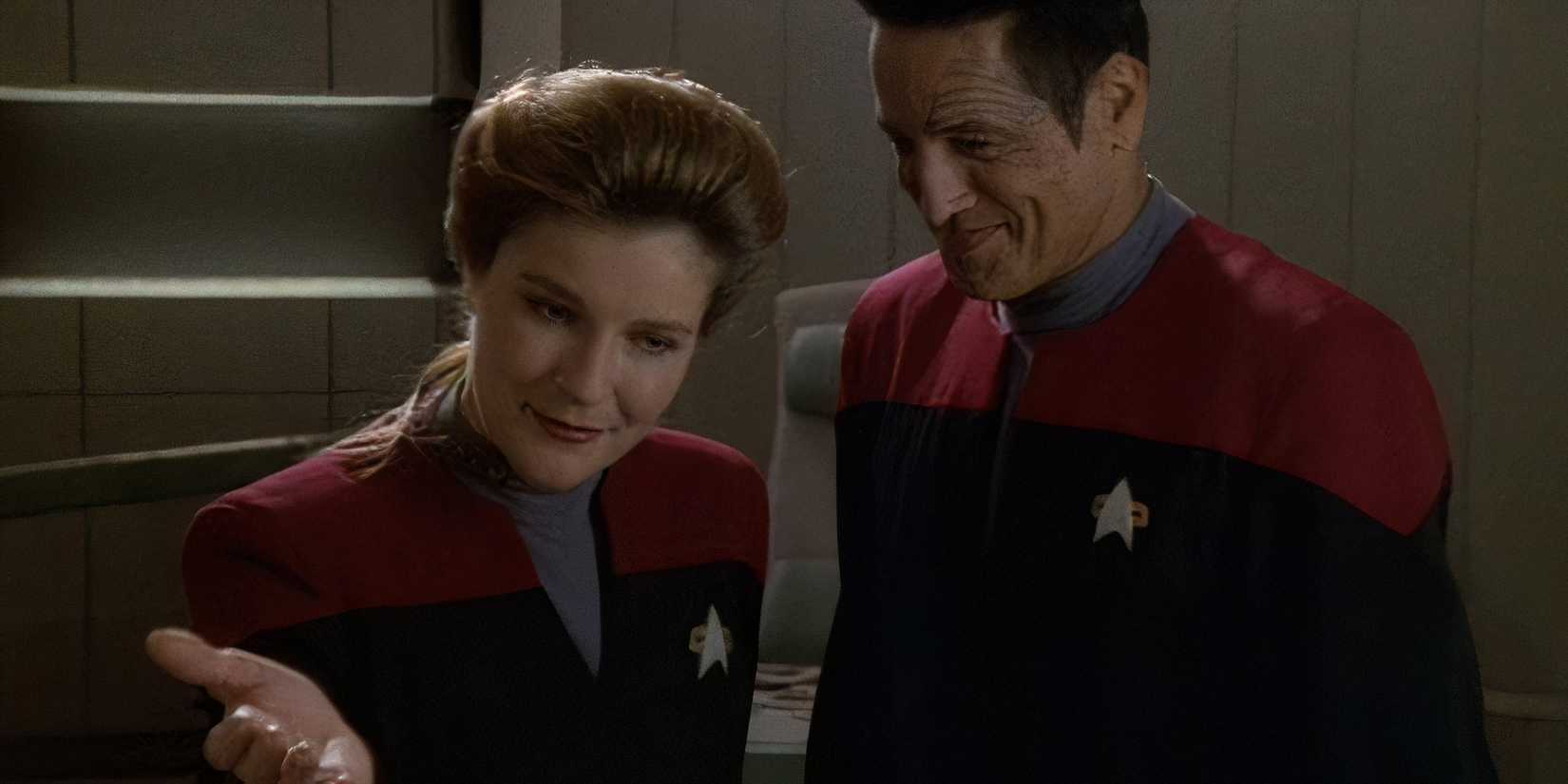
Star Trek: Voyager was the flagship of the newly-launched United Paramount Network (UPN) in 1995, and it has become one of the most influential and seminal Star Trek series.
Led by the indomitable Kate Mulgrew as Captain Janeway, Star Trek: Voyager boasted the first female Captain to headline a Star Trek series. Along with its ‘lost-in-space’ concept, Star Trek: Voyager season 4 introduced one of the greatest Star Trek characters of all: Seven of Nine (Jeri Ryan).
Seven of Nine became a main character in Star Trek: Picard, while Admiral Janeway became one of the leads of Star Trek: Prodigy.
Star Trek: Voyager’s legacy is seen in the multitude of new fans the series brought to Star Trek, including countless girls and women who pursued careers in STEM because they were influenced by Captain Janeway.
Star Trek: Voyager’s seven seasons consist of 172 episodes, including fan-favorite stories like “Scorpion,” “Year of Hell,” the controversial “Tuvix,” and Star Trek: Voyager’s series finale, “Endgame.”
Star Trek: Discovery
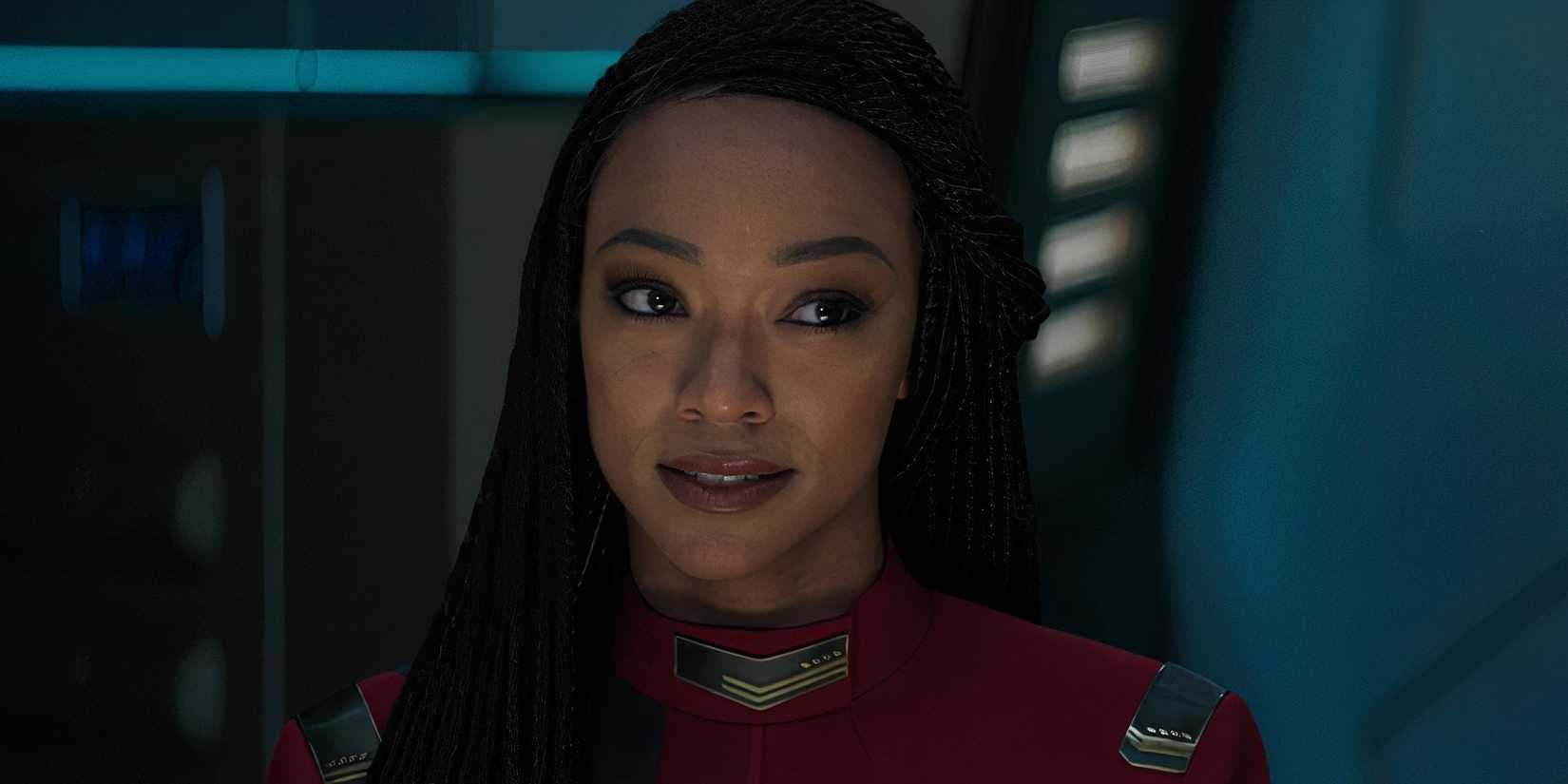
Star Trek: Discovery brought Star Trek to television after 12 years, and was the flashpoint igniting a new era of Star Trek streaming shows on Paramount+. Discovery also set the bar for 5 seasons as the max for Star Trek on Paramount+ in the streaming era.
Controversial from its inception, Star Trek: Discovery was nonetheless a hit and a success, headlined by the remarkable Sonequa Martin-Green as Captain Michael Burnham, the singular focus of Star Trek: Discovery, who became the first Black female Captain to lead a live-action Star Trek series.
Star Trek: Discovery began as a 23rd-century-set prequel before jumping 930 years into the future, opening up the 32nd century as the farthest point of Star Trek’s timeline, which will be further explored by Star Trek: Starfleet Academy.
Star Trek: Discovery’s dramatic, emotional, and action-packed five seasons consist of 65 episodes, including memorable hours like “Magic to Make the Sanest Man Go Mad,” several Mirror Universe episodes, and Star Trek: Discovery’s extended series finale, “Life Itself.”
Star Trek: Lower Decks
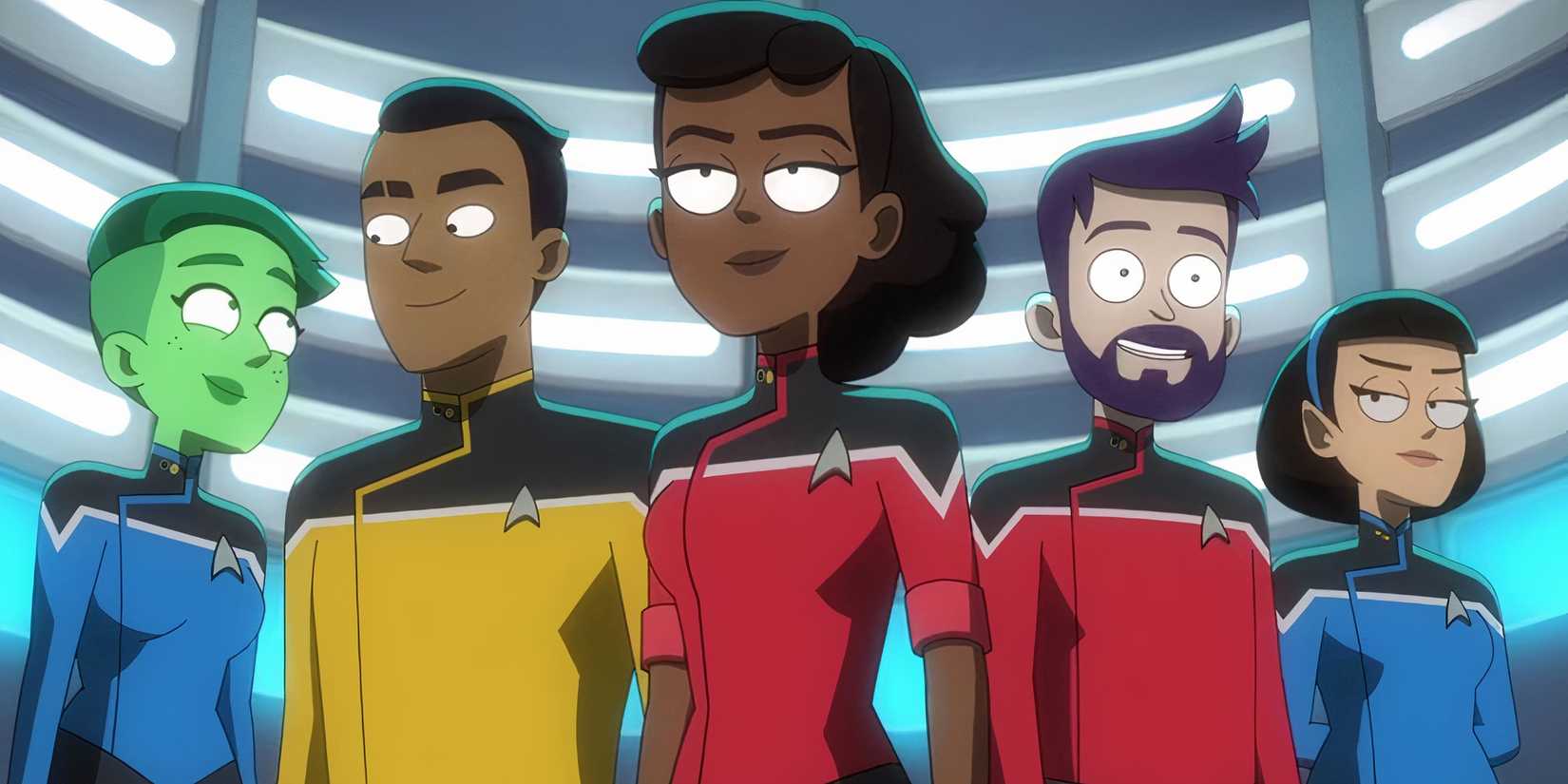
Star Trek: Lower Decks, the first half-hour animated Star Trek comedy, was a stroke of genius by creator Mike McMahan, who proved Star Trek could be blisteringly funny and reverential to the virtues of the franchise simultaneously.
Set aboard “one of Starfleet’s least-important ships,” the USS Cerritos, Star Trek: Lower Decks endearingly focused on the chaotic day-to-day minutia of the lowest-ranked officers in Starfleet.
Star Trek: Lower Decks’ voice cast, led by Tawny Newsome as Ensign Beckett Mariner and Jack Quaid as Ensign Brad Boimler, delivered emotion, friendships, and heroism to rival any of their live-action Star Trek counterparts. By the end of Star Trek: Lower Decks, the series boldly began exploring the Multiverse.
Star Trek: Lower Decks’ five seasons consist of 50 episodes. Standouts include “Crisis Point,” “wej Duj,” “Old Friends, New Planets,” “Fully Dilated,” “Fissure Quest,” and Star Trek: Lower Decks’ season 5 finale, “The New Next Generation.”
Star Trek: Strange New Worlds
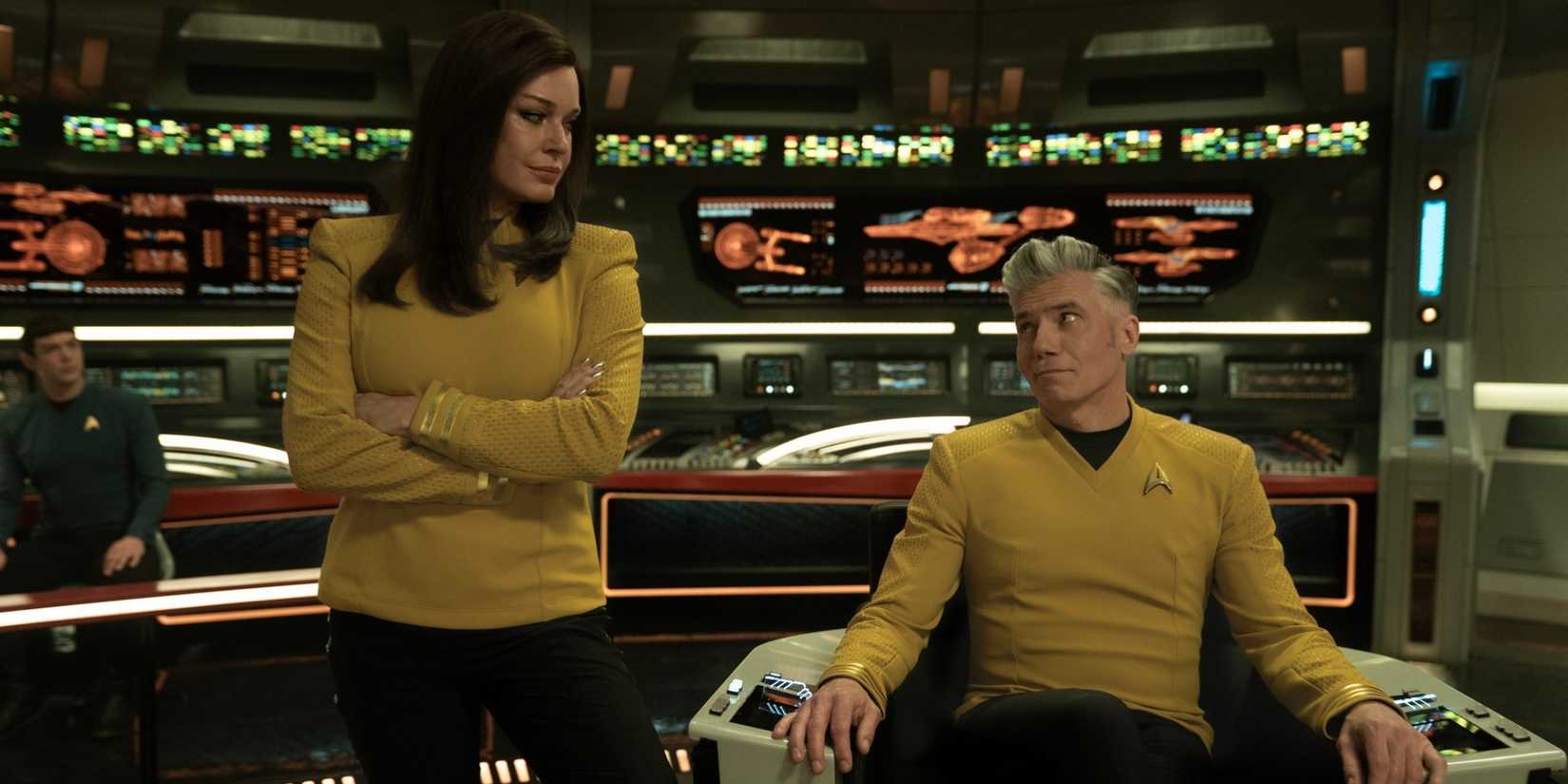
Star Trek: Strange New Worlds is not only a series fans demanded, after Captain Christopher Pike (Anson Mount), Number One (Rebecca Romijn), and Lt. Spock (Ethan Peck) debuted in Star Trek: Discovery, but it’s a sequel to Star Trek’s original pilot, “The Cage,” over 50 years later,
Star Trek: Strange New Worlds restored the episodic format and exploratory spirit of Star Trek: The Original Series in a modern style. As the show has progressed, Strange New Worlds delves into various TV genres, including Star Trek’s first-ever musical, showcasing the vast talents of the series’ expansive cast.
Star Trek: Strange New Worlds has only completed three seasons thus far, but the series was renewed for seasons 4 and 5, which will be the final season to complete the prequel’s five-year mission and sync up to the start of Star Trek: The Original Series.
Star Trek: Strange New Worlds’ first four seasons consist of 10 episodes while the fifth and final season will be 6, totaling 46 episodes. Although a far cry from Star Trek: The Next Generation’s 178 episodes, Star Trek: Strange New Worlds’ landmark hours include “Ad Astra Per Aspera,” “Those Old Scientists,” and “Subspace Rhapsody.”

